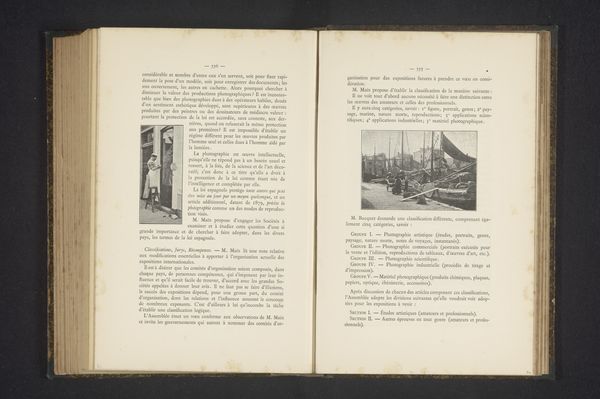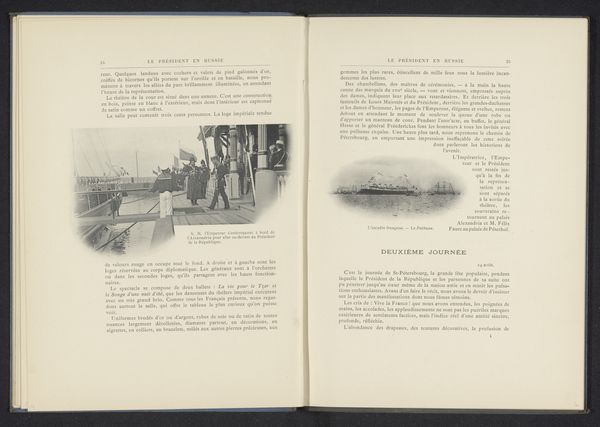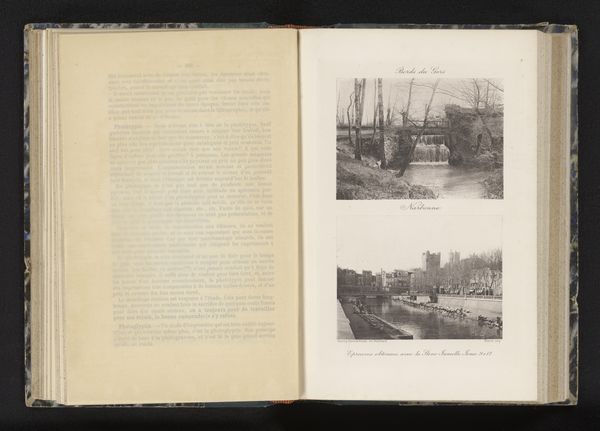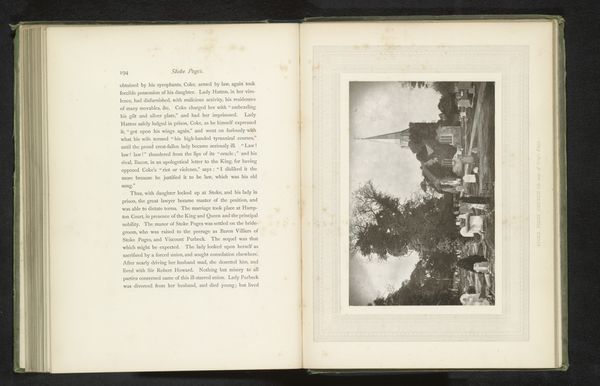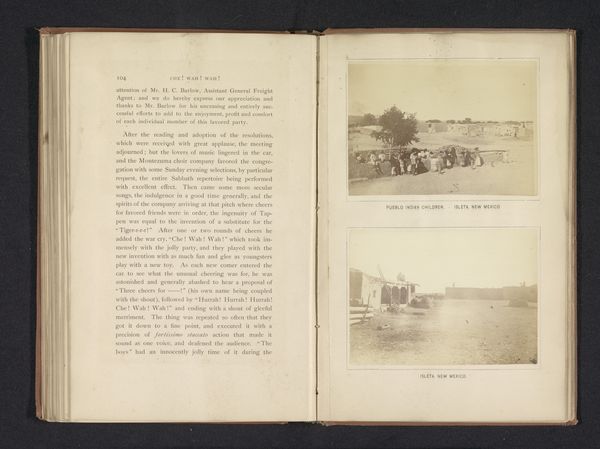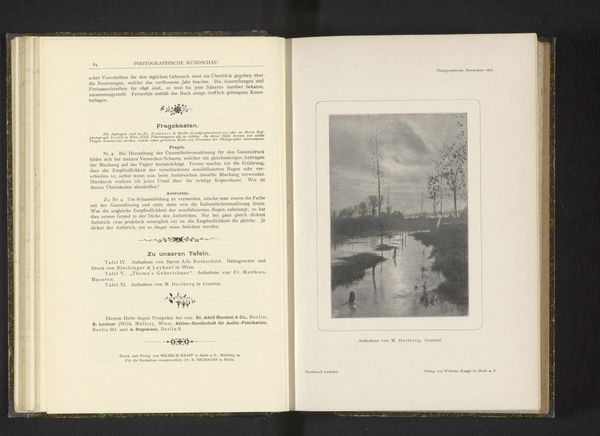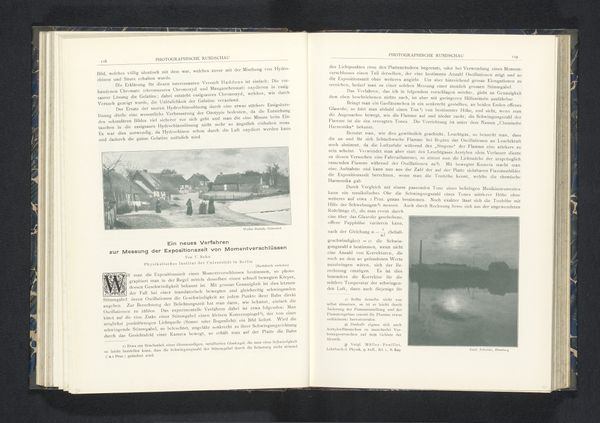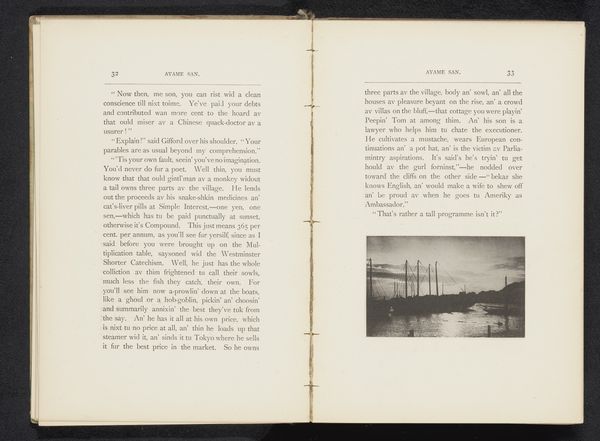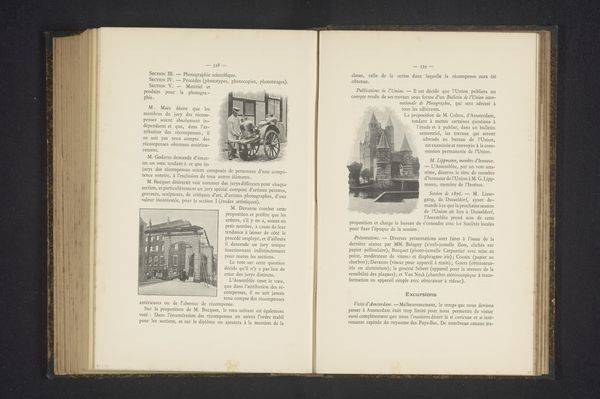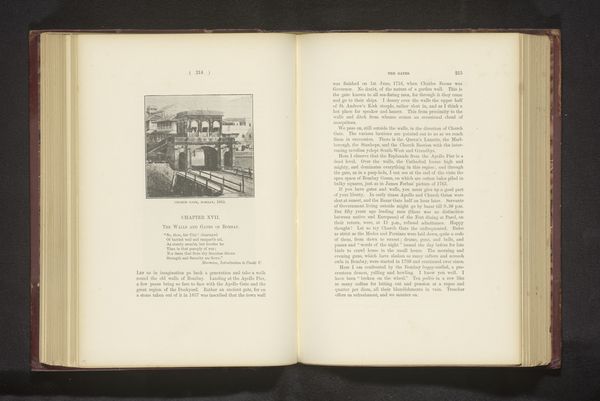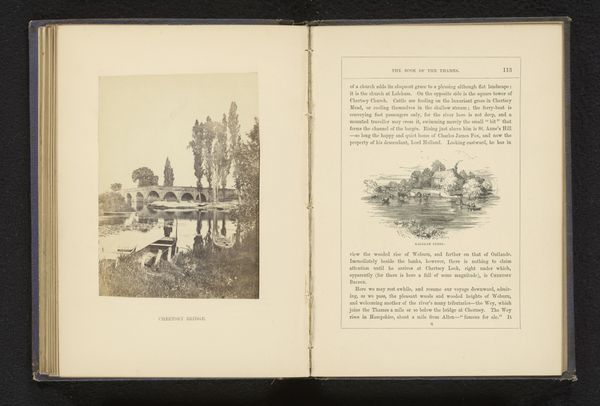
print, photography
#
portrait
# print
#
landscape
#
photography
#
cityscape
#
history-painting
Dimensions: height 59 mm, width 84 mm
Copyright: Rijks Museum: Open Domain
Editor: So, this photogravure is titled "Verkoopster van vis," which I believe translates to "Fish seller." It's attributed to Maurice Bucquet and was created before 1895. The composition of the image looks really lively. I mean, you can feel a slice of 19th-century city life happening. How would you interpret this work? Curator: Well, seeing an image like this, especially situated in a book, makes me think about how the development of photography and printmaking democratized access to imagery. Before these technologies were widely available, such scenes would likely have been rendered as paintings for the elite. Here, we have what feels like a captured moment of everyday commerce available for mass consumption, reproduced and circulated within a printed volume. Does that change your view of the image? Editor: Definitely. Knowing that this kind of everyday scene could be so widely distributed… it sort of elevates the ordinary, doesn't it? Were there any particular societal factors influencing these types of photographic themes at the time? Curator: Absolutely. Think about the rising middle class and their fascination with documenting their world and presenting it in idealized or easily consumable forms. Also, consider the role that these types of images played in shaping the national identity, as a method of documenting local traditions or occupational scences that were deemed authentic and, simultaneously, disappearing due to modernization. Are the people presented as 'real'? Do they feel staged or in action? Editor: They don't seem to acknowledge the photographer. To me, it does seem realistic and unstaged, as the text references the technology that was newly invented to show 'real' events as the 'right of the photographer'. I never would have thought of how important that type of photography was back then to document events, similar to current press events with lots of photography, to communicate these events in a trustworthy and authentic fashion. Thank you! Curator: You're welcome! It is interesting to imagine the value this image had at the time and consider that this work provided ways of informing people of current events, when this particular scene could not be accessed in real life.
Comments
No comments
Be the first to comment and join the conversation on the ultimate creative platform.
